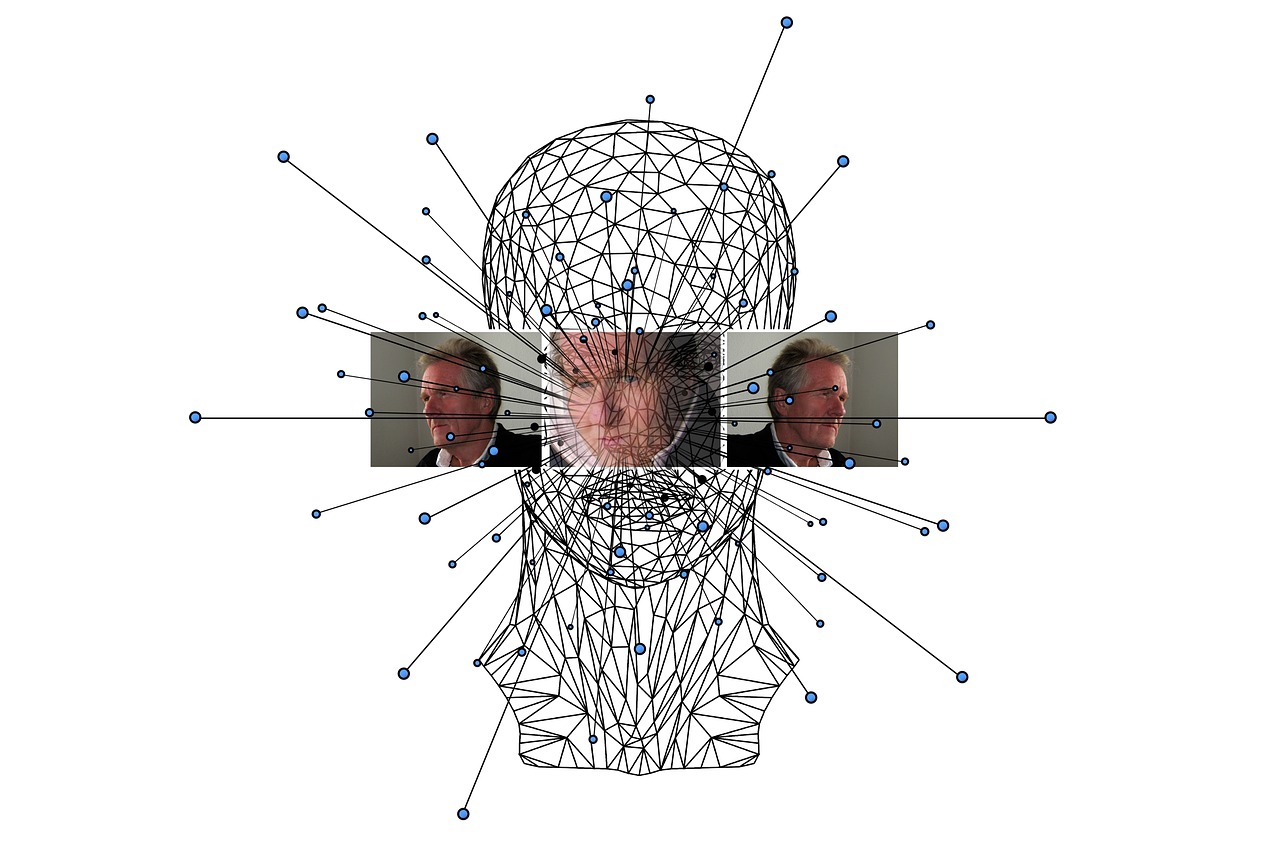Introduction
Artificial Intelligence (AI) is revolutionizing industries, but two terms often confuse beginners: Machine Learning (ML) and Deep Learning (DL). While both are subsets of AI, they differ in complexity, applications, and techniques.https://zehnai.site/top-10-ai-powered-gadgets-2025/
If you’re wondering:
- What’s the core difference between ML and DL?
- Which one is better for career growth?
- How do businesses use them in real-world applications?
This guide will break it all down in simple terms.
1. What is Machine Learning?
Definition: Machine Learning is a branch of AI where algorithms learn from data to make predictions or decisions without explicit programming.
Key Characteristics of ML
✔ Requires structured data (e.g., Excel sheets, databases)
✔ Uses statistical models (e.g., regression, decision trees)
✔ Works well with smaller datasets
✔ Less computationally intensive than DL
Types of Machine Learning
- Supervised Learning (Labeled data, e.g., spam detection)
- Unsupervised Learning (Unlabeled data, e.g., customer segmentation)
- Reinforcement Learning (Reward-based, e.g., game AI)
Real-World Applications
- Fraud detection (Banks use ML to flag suspicious transactions)
- Recommendation systems (Netflix, Amazon product suggestions)
- Predictive maintenance (Manufacturing equipment monitoring)
2. What is Deep Learning?
Definition: Deep Learning is a subset of ML that mimics the human brain using artificial neural networks (ANNs).
Key Characteristics of DL
✔ Works with unstructured data (images, audio, text)
✔ Requires massive datasets (millions of samples)
✔ Highly computationally expensive (needs GPUs/TPUs)
✔ Automatically extracts features (no manual feature engineering)
Types of Deep Learning Models
- Convolutional Neural Networks (CNNs) – Used in image recognition (e.g., facial recognition)
- Recurrent Neural Networks (RNNs) – Used in speech & text processing (e.g., Google Translate)
- Transformers – Power ChatGPT & other LLMs
Real-World Applications
- Self-driving cars (Tesla’s Autopilot uses DL for object detection)
- Medical imaging (AI detects tumors in X-rays)
- Voice assistants (Siri, Alexa use DL for speech recognition)
3. Machine Learning vs Deep Learning: Key Differences
| Feature | Machine Learning (ML) | Deep Learning (DL) |
|---|---|---|
| Data Requirements | Works with small/medium datasets | Needs massive datasets |
| Hardware Needs | Runs on CPUs | Requires GPUs/TPUs |
| Feature Extraction | Manual (human input needed) | Automatic (AI learns features) |
| Interpretability | Easier to explain | “Black box” (hard to interpret) |
| Use Cases | Fraud detection, recommendations | Image/voice recognition, autonomous vehicles |
When to Use ML vs DL?
- Use ML if:
- You have structured, tabular data
- Limited computational resources
- Need quick, interpretable results
- Use DL if:
- Working with images, audio, or text
- Have access to big data & GPUs
- Need high accuracy (e.g., medical diagnosis)
4. Which Should You Learn in 2024?
For Beginners: Start with Machine Learning
- Easier to grasp foundational concepts
- More job opportunities in business analytics & automation
- Courses: Google’s ML Crash Course, Andrew Ng’s Coursera ML

For Advanced AI Careers: Deep Learning
- Higher salaries ($150K+ in AI research)
- Used in cutting-edge tech (robotics, generative AI)
- Courses: Fast.ai, Deep Learning Specialization (Andrew Ng)
5. Future Trends: ML & DL in 2024 & Beyond
🔹 ML Trends:
- Automated Machine Learning (AutoML)
- TinyML (ML on IoT devices)
🔹 DL Trends:
- Multimodal AI (combining text, images, voice)
- Self-supervised learning (reducing data dependency)
Conclusion: Which One Wins?
Neither! Machine Learning vs Deep Learning isn’t a competition—they solve different problems.
- Choose ML for business analytics, fraud detection, and quick deployments.
- Choose DL for complex tasks like computer vision, NLP, and robotics.
Ready to start learning? Pick a path based on your career goals and dive into the w
